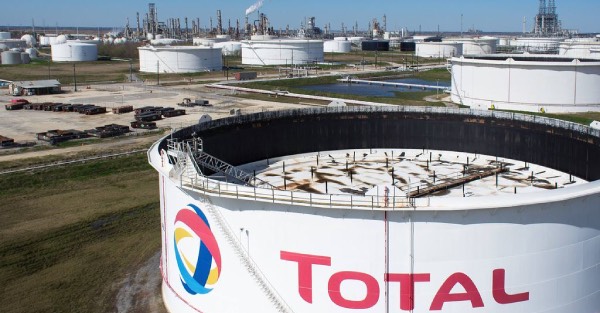TotalEnergies, as operator, has announced the decision of the Papua LNG joint venture to launch the first phase of front-end engineering and design studies for the Papua LNG project’s upstream production facilities.
In parallel, studies for the downstream liquefaction facilities are progressing in line with the overall project schedule, and the objective is to launch the integrated FEED in the fourth quarter of 2022. The project is targeting a final investment decision around the end of 2023, and a start-up at the end of 2027.
“The commencement of upstream FEED studies is another significant step towards developing the Papua LNG project, which will increase Papua New Guinea’s LNG export capacity and thus contribute to its further development,” said Julien Pouget, Senior Vice President Asia Pacific for Exploration & Production and Renewables at TotalEnergies. “The Papua LNG project is well positioned to contribute to growth in LNG supply worldwide, especially for customers in Asia seeking to decarbonize from coal to gas, in line with our strategy to lower global greenhouse gas emissions.”
The Papua LNG joint venture is committed to developing a landmark project in terms of sustainability, biodiversity, and low carbon emissions. Specifically, the project will incorporate a carbon capture and storage scheme for the fields’ native CO2, which will be reinjected into the reservoirs.
TotalEnergies, The World’s Third-Largest Low-Carbon LNG Company
TotalEnergies is the world’s third-largest low-carbon LNG company, with a global market share of around 10% and a global portfolio of nearly 50 Mt/y by 2025 thanks to its interests in liquefaction plants in all geographies. The Company benefits from an integrated position across the LNG value chain, including production, transportation, trading, and LNG bunkering. TotalEnergies ambition is to increase the share of natural gas in its sales mix to 50% by 2030, reduce the gas value chain’s carbon emissions, eliminate methane emissions, and work with local partners to promote the transition from coal to natural gas.










































